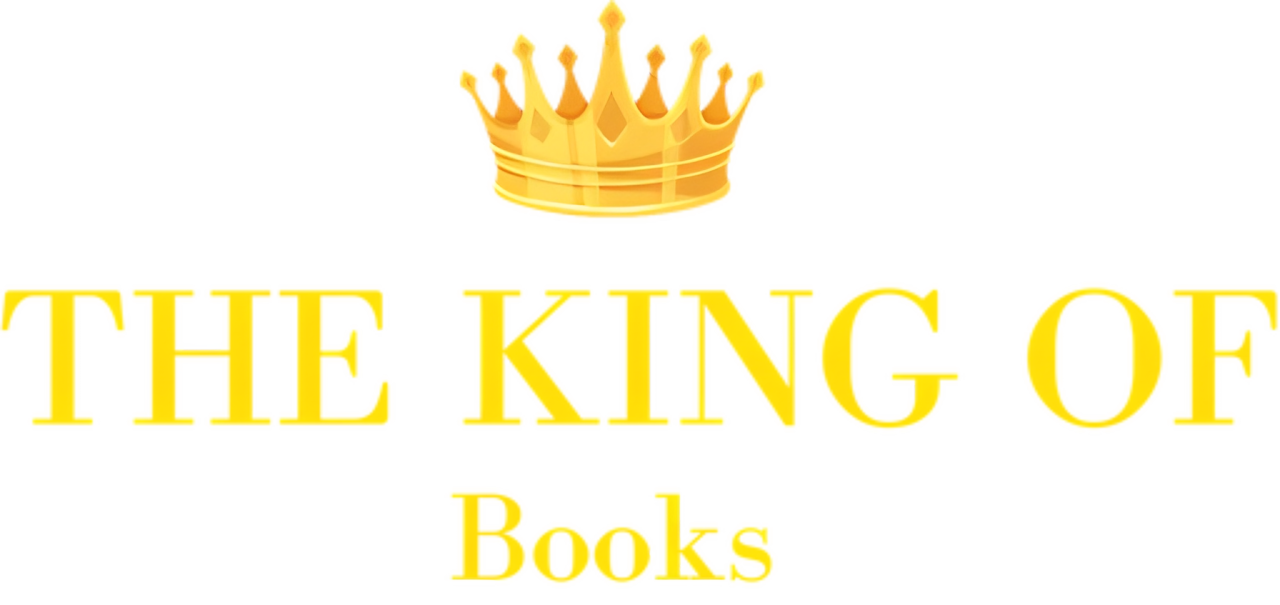
Strategy & tactics of air warfare
Air power is a phenomenon, probably the phenomenon, of the 20th century, and its growth from the Wright brothers'humble beginnings to the development of latest air missiles is charted by John Pimlott in The Strategy and Tactics of Air Warfare.
For the airplane has quite literally revolutionized warfare: it allows soldiers to 'see the other side of the hill' and even attack their enemies before they reach the battle front; and air transport and airborne assaults allow land battles to be reinforced quickly and commanders to employ 'vertical envelopment' with troops dropped or landed from the sky.
John Pimlott describes these tactics and also discusses what is the most controversial use for air power, strategic bombing. It was practiced on an increasing scale during World War II when, by the end of the war, the Allies had incinerated huge areas of Germany and Japan, 'perfected' later in North Vietnam - yet in both cases the results were unsuccessful. Pimlott offers the grim argument that the only really effective strategic air assault has been the atomic bombs dropped on Japan in 1945.
The Strategy and Tactics of Air Warfare provides information, perspective and fascinating insights on our lives and times.
The Author John Pimlott lectures in the War Studies Department at the Royal Military Academy, Sandhurst.

Free and fast delivery

Same day shipping




